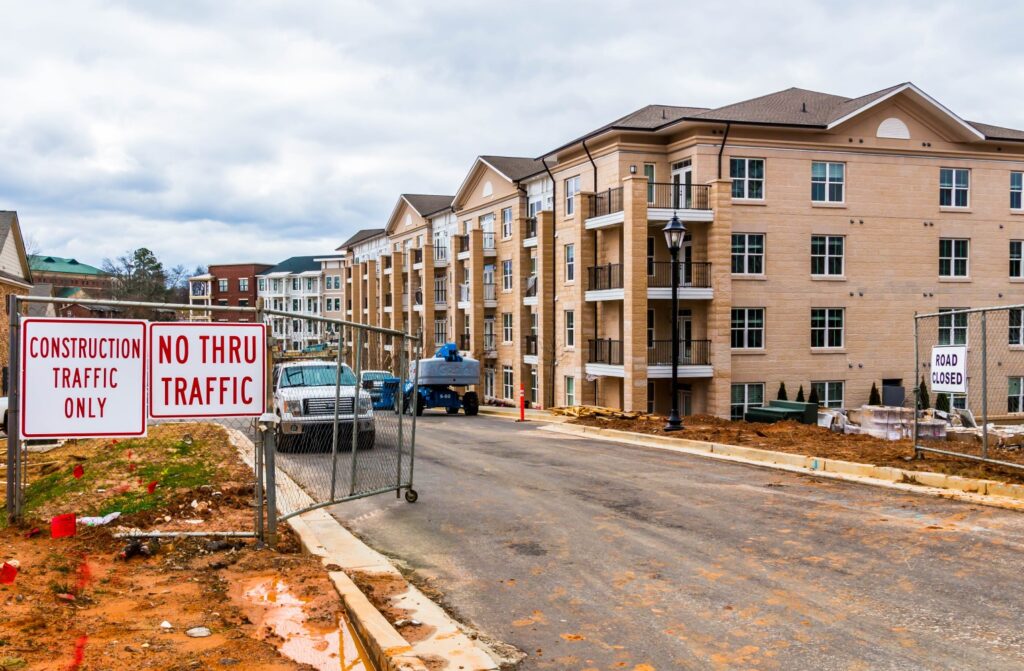
Anne Arundel County Executive Steuart Pittman’s request for authorization from the General Assembly to impose a transfer tax surcharge drew opposition this week from NAIOP Maryland and other real estate groups.
Proceeds from the tax surcharge on real estate valued at more than $1 million would be earmarked for affordable housing. The surcharge would hit commercial real estate especially hard, including multifamily apartments. According to Costar, multifamily transactions made up 34% of Anne Arundel’s $1.1 billion commercial transfer market in 2019. They were followed by industrial transactions at 18%. Land transfers were only 5% of the market but often were associated with steps in the land development process raising the possibility of stacking a value added tax.
A transfer tax surcharge would make worse the already disproportionately high percentage of county services funded by commercial real estate taxes. Since the end of the Great Recession, the commercial tax base has increased, backfilling weakness in the residential tax base that was slow to recover and only reached pre-recession levels in 2019. During the years 2010 to 2019, increases in the value of commercial property accounted for almost all the $7.3 billion increase in total real estate tax base.
By 2019, commercial real estate accounted for 23.3% of total tax base compared to 17% in 2010. This means that commercial real estate is already funding an increasing percentage of county services.

The tax proposal comes as work continues on the county’s 2040 General Development Plan (Plan 2040). The county’s road, rail, aviation and maritime infrastructure continue to act as a regional driver of growth. Remaining development capacity has been drawn down by population growth and policy restrictions. The plan is based on a 2040 household projection that is about 20% lower than the Baltimore Metropolitan Council’s forecast for the county.
Plan 2040 is bold in its environmental and neighborhood conservation proposals but does little to reverse years of policy decisions that limit development capacity and drive up costs. Nearly half of the future residential capacity is in three commercial zones [C-1, C-2, C-3]. While this may provide some mixed-use opportunities and needed market flexibility, these areas are also expected to absorb future employment growth.
The factors contributing to housing affordability problems in the county are complex and interconnected. But it is not too late for Plan 2040 to provide the zoning and procedural advantages that will serve as a catalyst for the kind of transformational redevelopment Anne Arundel needs.